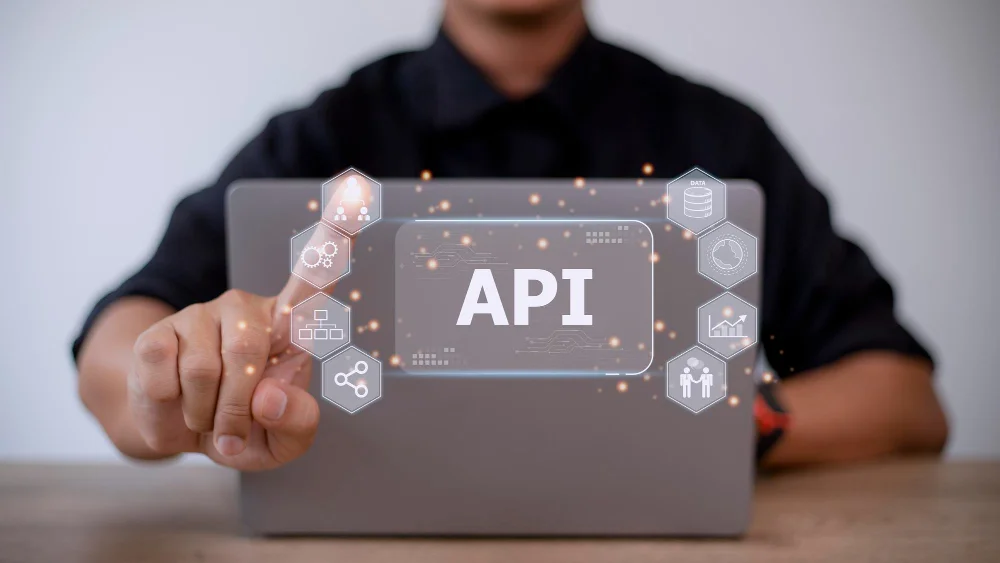In the realm of software development, the world of APIs (Application Programming Interfaces) has become a fundamental building block. These interfaces serve as bridges, connecting different components of a digital ecosystem. As we delve into the fascinating world of APIs, we often encounter the familiar territory of Web APIs, which facilitate communication between web-based applications and services. Simultaneously, System APIs are lurking in the background, offering a less commonly explored pathway for software programs to interact with operating system functionality. This article will journey into the lesser-trodden paths of API integration, revealing the nuances and peculiarities that set System APIs and Web APIs apart.
API Integration: The Uncommon Thread
API integration serves as the backbone of modern software development. It’s the glue that holds various pieces of software together, enabling them to work harmoniously. When we think of API integration, it’s often within the context of Web APIs, which allow web-based applications to interact with remote services over the Internet. However, there’s another facet to API integration, one that involves System APIs, and it’s a realm worth exploring.
System APIs: The Local Conjurer
System APIs, often overshadowed by their web-based counterparts, are local computer programming interfaces that grant software programs access to the inner workings of an operating system. They serve as gateways to the computer’s hardware and software resources, allowing developers to harness the full potential of the local environment.
To grasp the significance of System APIs, let’s draw an analogy to a magician’s toolkit. Imagine a magician who uses an array of mysterious objects to perform astonishing feats. These objects are like the various functionalities within a computer’s operating system, and the magician’s ability to wield them is akin to a developer’s access through System APIs. With the right incantations (code), the magician (developer) can summon the powers of the toolkit (operating system) to create magic (software applications).
Web APIs: The Digital Diplomats
On the other side of the spectrum, we have Web APIs, often compared to diplomats forging connections between nations. These APIs enable web-based applications to communicate with remote services hosted on the World Wide Web. When a web application needs information or functionality from a distant server, Web APIs act as the intermediaries, negotiating data exchanges and delivering results.
For instance, consider a scenario where you order food through a mobile app. The app communicates with the restaurant’s server via a Web API. This digital diplomat relays your order, confirms availability, and reports back with delivery status, all while maintaining the integrity of the interaction.
Divergent Realms of Application
Now, let’s delve deeper into the practical implications of these API types. System APIs primarily function in a local context, catering to the needs of applications installed on a specific device. These APIs are instrumental in tasks like file manipulation, hardware interaction, and system resource management. They enable applications to perform actions like printing documents, accessing device-specific features, or optimizing resource allocation for better performance.
In contrast, Web APIs thrive in a distributed environment, connecting web-based applications to a vast network of remote services. This opens the door to a plethora of applications, from social media integrations to e-commerce transactions. Think of Web APIs as the enablers of our interconnected digital lives, seamlessly facilitating interactions across the web.
The Not-So-Common Use Cases
To further highlight the distinctiveness of System APIs, let’s explore a less common use case involving the world of robotics. Imagine a scenario where a sophisticated robot is programmed to assist in a manufacturing facility. The robot relies heavily on System APIs to communicate with the underlying hardware, ensuring precise movements and efficient operation. System APIs, in this context, empower the robot to interact seamlessly with sensors, motors, and control systems, orchestrating a symphony of precision.
In contrast, consider a Web API use case that may not be on your radar. Let’s take the world of art and creativity. Imagine an online platform where artists can create digital masterpieces collaboratively. Web APIs can be employed to enable real-time collaboration, synchronizing brush strokes and color choices between users located around the globe. This unique application of Web APIs showcases their adaptability beyond traditional web services.
Why It Matters
The distinction between System APIs and Web APIs may seem subtle, but it’s essential to understand their unique roles and capabilities. System APIs empower developers to harness the potential of local devices, making them indispensable for creating efficient and responsive applications. On the other hand, Web APIs serve as the connective tissue of the digital world, enabling a multitude of services and applications to seamlessly interact across the internet.
In conclusion, as we navigate the intricate landscape of API integration, it’s crucial to recognize the often-overlooked System APIs alongside their more prominent Web API counterparts. Each has its place and purpose in the ever-evolving world of software development. By appreciating the nuances and peculiarities of these two API types, developers can make informed choices that optimize their applications for the specific contexts they serve. Just as a magician wields a toolkit of wonders and diplomats bridge nations, System APIs and Web APIs continue to shape the digital world in unique and remarkable ways.


















